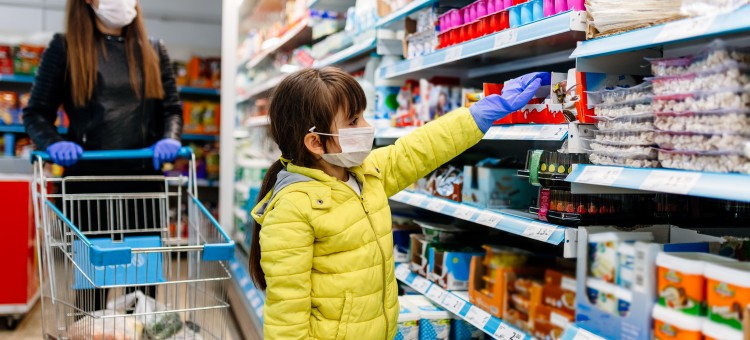Credit: Getty Images by Phynart Studio
Dave Fisch
Source: www.mytotalretail.com, June 2020
As states begin to roll out plans to reopen non-essential businesses, many retailers that have been closed for weeks are wondering what this new reality will look like. According to Shopkick’s latest survey, consumers want to hit the stores, but their expectations for retailers are much different.
The survey of more than 10,000 consumers uncovered how they will respond to reopenings, as well as how brands and retailers can best prepare accordingly. What we learned sheds light on where retailers will need to focus their resources and efforts throughout their rollout plans.
Consumers Expect Retailers to Enforce Safety and Health Precautions
After experiencing new protocols at essential retailers, consumers expect newly reopened non-essential retailers to practice and enforce proper safety and health precautions. Our survey found that upon returning to stores, consumers expect to see six-feet social distancing markers (81 percent), disinfectants available for shoppers (73 percent), employees wearing protective face coverings (71 percent), plexiglass barriers at checkout counters (65 percent), and requirements for shoppers to wear protective face coverings (62 percent).
Their main concern? Fellow shoppers not heeding safety precautions. When other people pose the largest threat, it’s no wonder consumers are worried about coming into close contact with another shopper not taking safety seriously. To address this top concern, retailers should provide their employees with proper training on enforcing safety rules, such as requiring masks, placing social distancing markers, and preventing overcrowding.
Retailers Need to Be Prepared for an Influx of Customers
Our survey found that 50 percent of consumers plan to visit stores within just a week of reopening. Younger consumers are even more eager for non-essential retailers to open their doors, with the largest segment of Gen Zers (27 percent) saying they’ll visit stores within just three days of reopening. Consumers want to return to some sense of “normalcy,” and the ability to visit their favorite apparel or shoe stores, beauty supply stores, or bookstores can provide that.
While this is reassuring for retailers, it also means they don’t have any time to spare on safety training and preparation. Retailers need to focus their efforts on being fully prepared before they reopen their doors.
It’s Time to Invest in Omnichannel Capabilities
With shoppers focused on making their in-store experiences quick and efficient, the role of omnichannel capabilities is increasingly important. Options that help decrease time spent outside the home, like buy online, pick up in-store (BOPIS) and curbside pickup, will need to become commonplace for retailers to continue attracting customers. In our survey, nearly 70 percent of people responded that they’ll take advantage of those options at non-essential retailers when available, showing a desire and demand for shopping experiences that require less physical interaction.
As stores reopen in a completely different world than the one in which they closed, it’s essential for retailers and businesses to be aware of customers’ heightened expectations of the shopping experience. During these uncertain times, safety needs to remain the guiding factor as both retailers and consumers continue to navigate this new reality.
Dave Fisch is the general manager of Shopkick, a Trax company, and a leading shopping rewards app, bringing moments of joy to everyday shopping, both online and offline.

